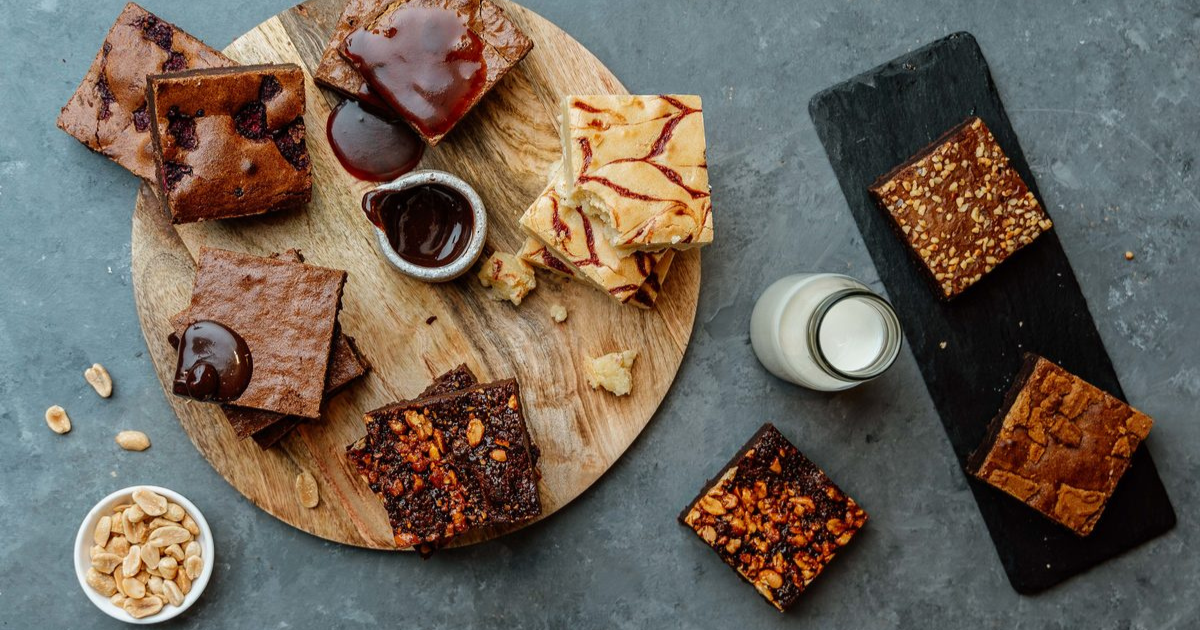GRAPEVINE: Christmas is the time to sparkle
December is the time of year when almost everyone will have a glass of sparkling wine at one point or another.
The prerequisite to this of course is purchasing a bottle of sparkling wine. The terms and labelling of sparkling wine have barely changed over time where many of the ‘old world’ regions have added information to make deciphering what is in the bottle simpler, for example stating the grape varieties on the front of the bottle. Working out what each term and phrase on a bottle of sparkling wine means can be challenging.
The grape varieties
A sparkling wine may be made using red grapes, white grapes or a mix of both. You will likely be familiar with the classic blend of Pinot Noir, Meunier and Chardonnay that is typical in Champagne. However, where only white grapes are used, this will be mentioned on the label as Blanc de Blancs, whilst a sparkling made with only red grapes and retaining a white colour will be labelled as Blanc de Noir. Beyond this point we still need a little bit of regional knowledge to know exactly which varieties are used.
Dry or Sweet?
There are a range of terms that will give you an indication of how dry or sweet the wine will be. Just before a sparkling wine such as Champagne is bottled, a small amount of sugar or grape must will be added to the wine which can help to balance \ the naturally high acidity of the wine. The most confusing part here is the grading between Brut and Extra Dry. Counterintuitively a wine labelled extra dry, as many Proseccos are, will have more residual sugar than a wine labelled
Brut, it is Extra Brut which indicates that a wine is drier than Brut. The scale from driest to sweetest being: Brut Nature,
Extra Brut, Brut, Extra Dry, Dry, demi-Sec and Doux.
How bubbly is it?
The production method chosen will often dictate how bubbly the wine is likely to be.
Traditional/Champagne method wines will tend to have the finest, most persistent bead of bubbles. The tank/charmat method used for most Prosecco and cheaper sparkling wines will usually result in a ‘bigger’ bead more akin to soft drink for example. In Italy you may see wines labelled as Spumante or Frizzante. The former simply denoting that the wine is sparkling, which is what you would expect from most sparkling wines, whilst Frizzante will indicate that it is only slightly sparkling.
Where is it from?
To be labelled as Champagne, a sparkling wine must be produced within the region of Champagne. Wines may still be made using the same grape varieties and production methods as in Champagne which is what most of us refer to as ‘Champagne’, think of sparkling wines such as Jansz or Chandon, these are colloquially Champagne, but cannot be labelled as such because they are not produced within Champagne. Outside of Champagne in France, Cremant is the term that you will most likely see on wines made using the
Champagne method but not originating in Champagne. Moving to Italy; Prosecco is both a region and until recently a grape name as well, so a wine labelled as Prosecco may come from Prosecco or it may not, but it will be made from the grape known as Prosecco (now officially called Glera). For traditional method sparkling, Franciacorta is the most famous name in Italy where they use the same grape varieties and production methods as in Champagne. Finally, Spain; Cava is Spains most well-known Sparkling wine designation, it is generally made using the Champagne method with local Spanish grapes varieties in the North East of Spain.


















